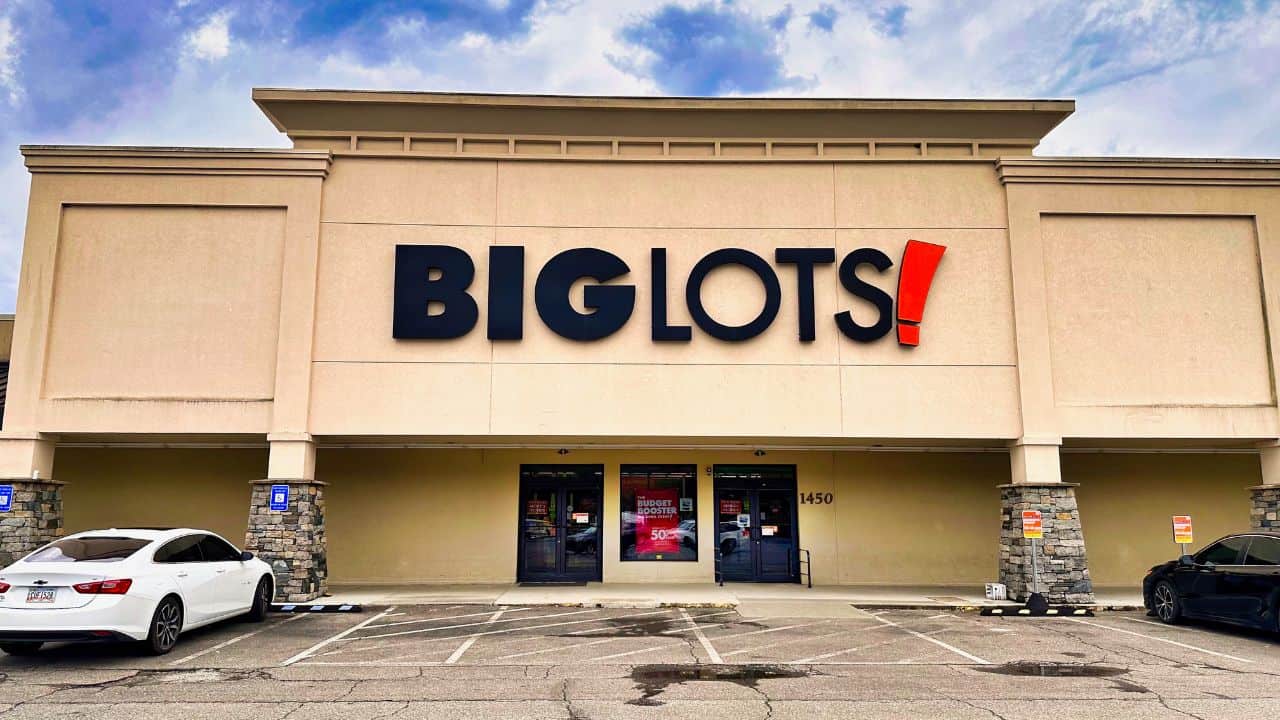
Photo by Harrison Keely on Unsplash
Big Lots Potential Bankruptcy: What We Know
July 11, 2024
Big Lots has announced that it will be closing 35 to 40 more stores amidst reports that the company is facing increasing financial struggles in a volatile economy. New details have also emerged about a potential bankruptcy filing by the discount retailer, which claims it cannot survive much longer. Let’s take a look at what else we know about this latest bit of news.
Big Lots Potential Bankruptcy Filing
Big Lots, which is struggling with declining profits and a competitive consumer market, intends to close 35 to 40 locations this year.
The company announced its intention to close these shops while opening three more in a filing to the U.S. Securities and Exchange Commission. In the first quarter of 2024, the firm reported 1,392 operating stores, compared to 1,425 in the same period in 2023.
The Big Lots petition stated, “In 2024, the U.S. economy has continued to face macroeconomic challenges including elevated inflation, which has adversely impacted the buying power of our customers.”
Like many others, the business has struggled with diminishing sales as a result of price increases and a decline in customer spending. The financial statement states that between the first quarters of 2023 and 2024, revenues decreased by 10.2%, resulting in a loss of $114.5 million.
In the first quarter of this year, Big Lots raised its long-term debt from $501.6 million in the first quarter of 2023 to $573.8 million after taking on an additional $72.2 million. Additionally, the company expressed “substantial doubt” about its capacity to continue operating, which sparked rumors that it would file for bankruptcy.
Specifically, the statement read, “Based on our current cash and liquidity projections, and uncertainties with respect to the mitigating effect of management’s plans, the company has concluded there is a significant likelihood that it will be unable to comply with the Excess Availability Covenant under the 2022 Credit Agreement and the Term Loan Facility within the next 12 months, which raises substantial doubt about the company’s ability to continue as a going concern.”
The locations of the stores that will be closing were not disclosed in the memo.
Big Lots would be just one of several well-known restaurant and retail firms to file for bankruptcy since the COVID-19 pandemic, joining the ranks of Red Lobster, Rite Aid, Bed Bath & Beyond, and Christmas Tree Shop.
In an effort to close “underperforming” stores, several retailers have announced rounds of location closures. Among the retailers that have closed locations around the country since 2020 are Hooters, Walgreens, Sears, Kmart, and JCPenney.
A Faltering Company
Last year, Big Lots Inc.’s filed financial report ending April 29, 2023, revealed a net loss of $206.1 million, or $7.10 per share.
In response to that report, 41 furniture stores and 85 close-out merchandise units were liquidated.
Originally known as Pic ‘N’ Save, the brand was renamed to MacFrugals in 1991 and was acquired by Consolidated Stores Corporation in 1997. Big Lots was the exclusive brand used by the firm to identify all of its retail locations in 2001.
Last November, Big Lots announced a partnership with Uber Eats in an effort to grow its faltering business.
Through the collaboration, 1,200 Big Lots locations started selling a variety of goods on Uber’s marketplace, including groceries, pet care products, and Christmas decorations.
Uber’s plan to grow its non-restaurant delivery business includes this action. Uber introduced a multi-store ordering option the month before that lets customers add goods from different stores to their meal purchases.
Uber Eats, DoorDash, and Grubhub are just a few of the delivery businesses that are creatively growing beyond restaurant deliveries. For example, DoorDash has expanded into the delivery of alcohol, and Grubhub is going into the lodging industry.
“We are not trying to drive the order frequency of just restaurants or new verticals,” said Ravi Inukonda, Uber Eats CFO, via PYMNTS. “The way we think about it is, how do we bring more users back, which is helping us drive overall users at a double-digit rate. How do we get them to use the product more, which is what’s being reflected in the overall order frequency going up.”
Despite this new partnership, Big Lots continues to falter, and this may not be enough to save them.
Recent News
Delta Seeks Outage Damages From Microsoft, CrowdStrike
The airline plans to sue both Microsoft and CrowdStrike for damages.
Sprouts Shares Positive Q2 Financial Results
Sprouts Farmers Market, Inc. reported robust second-quarter results ending on June 30, 2024.
Johnnie Walker Maker, Diageo, Posts Largest Sales Drop Since the Pandemic
As inflation and high interest rates force many to find ways to cut spending, it appears alcohol is also losing its buzz.
IKEA Focuses on Sleepeasy With New Pop-Up Event
IKEA U.S. is making new strides in the furniture retail market by launching The IKEA Sleepeasy, an immersive pop-up event that will take place in New York in August.
